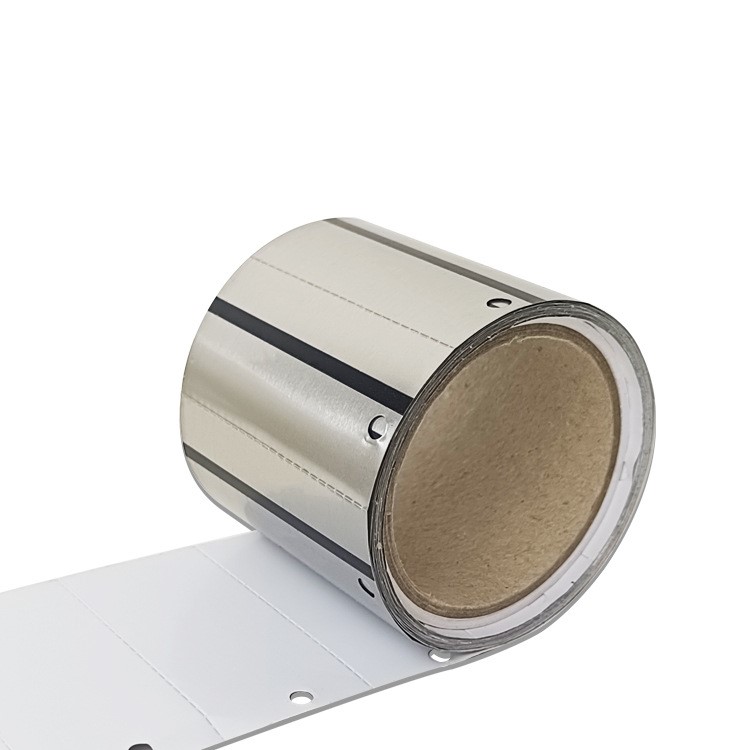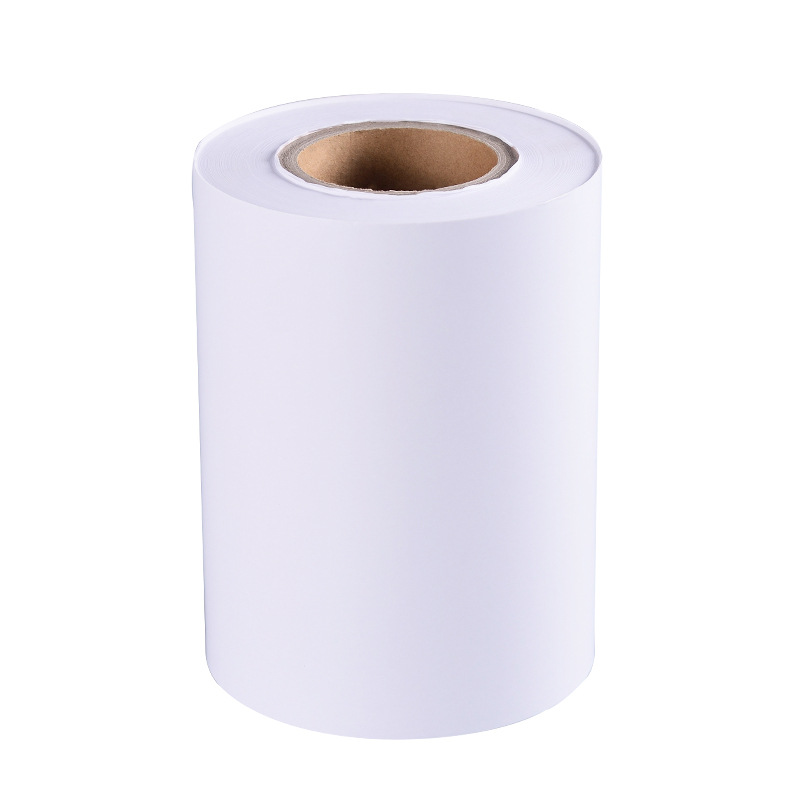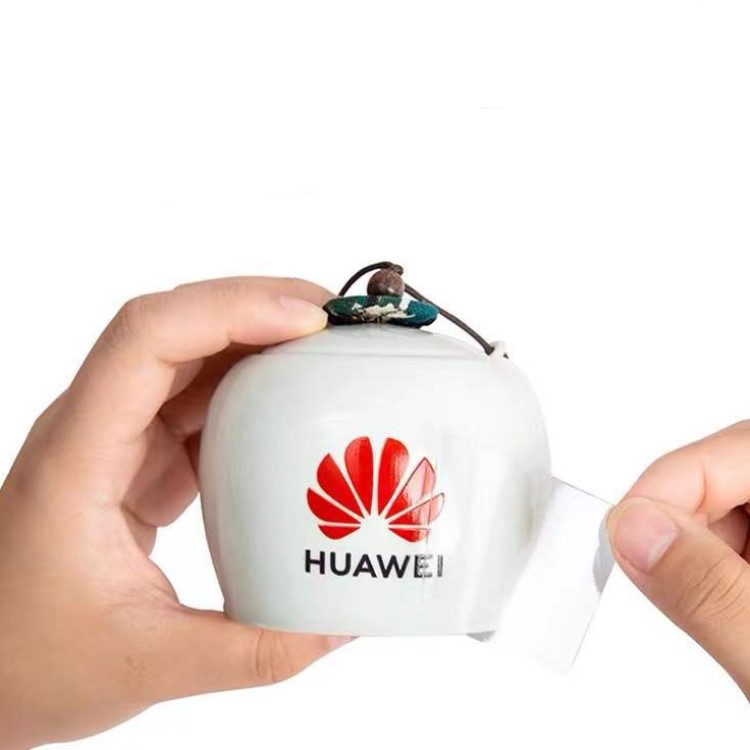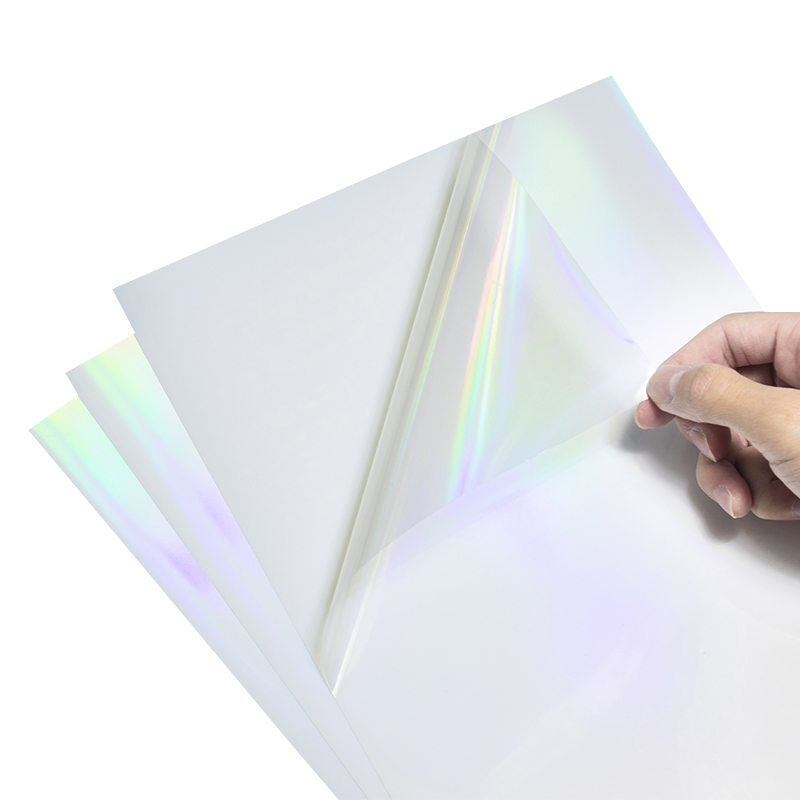
How should summer adhesive labels be stored?
1. Avoid high temperature environment: Adhesive labels should be stored in a place that avoids high temperature environment, as high temperature can make the adhesive labels soft or deformed. The temperature of the storage environment should be maintained at around 25 ℃ as much as possible to avoid damage to the labels caused by excessive temperature.
2. Avoid humid environments: The humidity may be high in summer, so adhesive labels should be stored in a dry environment to avoid adverse effects such as moisture and curling caused by high humidity. The humidity inside the warehouse should not be too high. It is recommended to keep it below 60% to ensure that the quality of the labels is not affected.
3. Avoid direct sunlight: Sunlight can make adhesive labels brittle or fade, so make sure to store the labels in a place away from direct sunlight.
4. Avoid harmful gases: Adhesive labels should be stored in a place that avoids harmful gases and odors, as these gases and odors can affect the effectiveness of the adhesive label.
In addition, the inventory time of labels should be as short as possible, following the principle of first in first out and last in last out to ensure that the labels are in the best condition during use. Meanwhile, unused labels should be sealed and stored to prevent damage from external factors. Each label should be kept flat and not folded to prevent glue overflow and label deterioration.
In summary, the storage of self-adhesive labels in summer requires special attention to temperature, humidity, lighting, and control of harmful gases, as well as reasonable inventory management and storage methods, to ensure the quality and effectiveness of the labels.
Which is more suitable for using PVC adhesive material or PE adhesive material as daily chemical labels?
Adhesive label materials are divided into two types based on the surface material: paper adhesive labels and film adhesive labels. PVC adhesive material and PE adhesive are both types of film in adhesive materials, which can be waterproof, oil resistant, and cannot be torn off after being made into labels. Let's take a look at these two adhesive materials from their characteristics and applications together
PVC is the abbreviation for vinyl, which is also a polymer material. Common colors for PVC label materials include sub white, pearl white, and transparent. PVC adhesive and PET adhesive labels have similar performance, with better flexibility and a soft touch than PET label paper. They are often used in high-end occasions such as jewelry, watches, electronics, and metal industries. However, the degradation of PVC label materials is poor, which has a negative impact on environmental protection
The characteristics and applications of PVC can be summarized into the following three points
1. PE (polyethylene) has good flexibility and extrusion resistance, but poor tensile strength. It comes in white and transparent colors and can be metalized. Due to its excellent flexibility, PE is often used on bottle bodies that require frequent squeezing and are prone to deformation
2. But the PE material is too soft, and it needs to increase the stiffness by increasing the thickness, 80-100μ The thickness of m is the most common, and large area labeling materials are often used
3. It is not difficult to see now that PE adhesive materials are more suitable for making daily chemical labels, while PVC adhesive materials are more suitable for use in electronic appliances, automobiles, chemical and other labels
How to maintain the stability of adhesive labels for a long time?
1. Choose suitable materials
Some low-cost materials may not have long-lasting stickiness, so when choosing adhesive labels, higher quality sticker materials can be considered and selected based on actual usage scenarios. For example, on products that require long-term attachment, it is recommended to use adhesive labels with strong adhesive strength to ensure that they can adhere tightly to the surface
2. Pay attention to storage conditions
It is recommended to store it in a dry, ventilated place away from direct sunlight, and not to expose it to moisture, high or low temperatures for a long time. Meanwhile, it is also important to avoid contact with water and oily substances as much as possible during use
3. Ensure surface cleanliness
Before labeling, ensure that the surface of the object being labeled is clean and tidy, and clean it with detergent or cleaning solution. This can effectively enhance the stickiness of the label and ensure that the label can maintain stability for a long time
4. Scientific Construction
Properly handle the air and moisture between the label and the object being labeled to ensure a tighter fit of the label. A common method is“ Flattening method;, When pasting labels, first place the label flat on the object to be pasted, then gently press the label to make contact with the object to be pasted, and then press the entire label firmly to make it completely adhere
In summary, maintaining the adhesive stability of self-adhesive labels requires attention to multiple aspects such as material selection, storage conditions, surface cleanliness, and construction methods. Only by putting in enough effort on these details can we ensure that the label maintains good adhesion and does not fall off during use

How to choose frozen food adhesive labels?
Frozen food labels, also known as low-temperature resistant labels and low-temperature labels, are mainly used in sub zero environments such as refrigeration, freezing, ultra-low temperature, liquid nitrogen, etc. Today, I will take you to learn about frozen food adhesive labels; Frozen food labels are mainly made of glass faced cardboard, thermal paper, adhesive paper, etc., which have excellent low-temperature bonding performance, strong water resistance, and strong bonding performance to PP and PE cling film. They can be widely used in frozen food or beverage content labels, price labels, etc
Frozen food refers to food that is of qualified quality, processed appropriately, and subjected to rapid freezing at a temperature of -30 degrees Celsius. After packaging, it is stored and circulated at a temperature of -18 degrees Celsius or lower. Due to the use of low-temperature cold chain storage throughout the process, frozen foods have the characteristics of long shelf life, low spoilage, and convenient consumption. However, this also poses greater challenges and higher requirements for packaging and labeling materials
Environmental characteristics of cold storage
High humidity and low temperature make it easy for ordinary labels to deform, wrinkle, and fall off in cold storage. Moreover, there are various forms of packaging for items in cold storage. The label selected in such an environment must have good moisture resistance and low temperature resistance characteristics. There are various types of adhesive for labels, and low-temperature adhesive must be selected for labels in cold storage
If the label is pasted at room temperature and then placed in the cold storage, the surface paper of the label should be selected with a certain degree of elasticity. Due to the fact that the packaging form of the item may be ordinary paper packaging or nylon bag packaging, different materials of labels can be selected according to the needs. It is recommended to try for a short period of time before deciding whether to use a certain material in the end
Why does the adhesive label material bubble?
1. Uneven application of strong adhesive: The surface of self-adhesive label material consists of three parts: surface material, adhesive, and backing paper. The design scheme of the labeling punching machine wheel is poor, and the working pressure is insufficient.
2. Electrostatic effect: For plastic film materials, electrostatic induction can also cause bubbles on the label.
3. Improper speed adjustment and labeling method of the labeling machine: During labeling, the operating speed of the bottle body should be slightly faster than the labeling rate, which can also avoid the occurrence of bubbles.
4. Before labeling, static electricity should be completely eliminated to make the label stand upright and free from the backing paper.
5. Brushes, sponge rollers, and vacuum pumps should not be used for labeling in the labeling machine. A vulcanized rubber scraper with a certain hardness should be installed to touch the label and maintain a certain direction and amplitude of the scraper. The labeling of soft bottles requires adjusting the labeling speed, scraper amplitude, viewing angle, and spacing in between.
We offer comprehensive technical support, including free professional labeling solutions, advice on label materials and adhesive selection, as well as online/offline assistance from professional software and hardware engineers. Service email: andy@ownlikes.cn. In pre-sales, we leverage our extensive experience in specialty labeling projects to provide clients with the most suitable hardware solutions. Additionally, all our label barcode printers and scanners come with a three-year free warranty, demonstrating our confidence in our products.






This site is protected by reCAPTCHA and the Google Privacy Policy and Terms of Service apply.